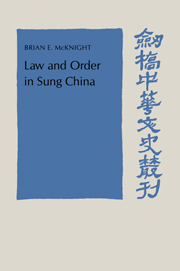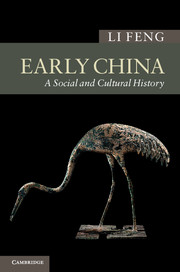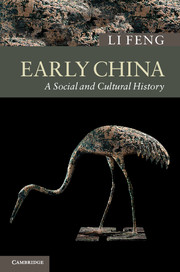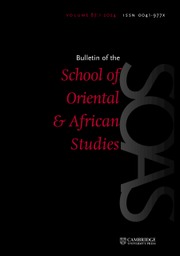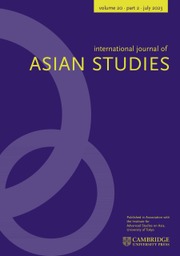Ancient China and its Enemies
This comprehensive history of the northern frontier of China through the first millennium B.C. details the formation of two increasingly distinct cultural areas: the sedentary Chinese and the northern nomads. Nicola Di Cosmo explores the tensions existing between these two worlds as they became progressively more polarized, with the eventual creation of the nomadic Hsiung-nu empire in the north, and of the Chinese empire in the south. Di Cosmo investigates the origins of the antagonism between early China and its "barbarian" neighbors.
- Provides the most extensive analysis to date of the combined archaeological and textual material for the subject from c. 900 to c.100 BC
- Gives a new interpretation of well-known events, including the construction of early walls, later unified into the so-called 'Great Wall'
- Provides a critical assessment of the first-ever written narrative of the northern nomads in Chinese history
Reviews & endorsements
"Throughout the second century B.C., the world of East Asia was divided between two great superpowers, the Han Chinese and the Hsiung-nu, facing off against each other sometimes peaceably and sometimes antagonistically. In Ancient China and Its Enemies, Nicola Di Cosmo provides a magisterial survey of the rise of the lesser known of these two powers, the nomadic Hsiung-nu. This book is invaluable not only for understanding the relations between ancient China and its major enemy, but also for understanding either of the powers individually." Edward Shaughnessy, University of Chicago
"...the author deserves praise and gratitude for producing and invaluable piece of work. This book is a masterpiece of scholarship. It will rank as an indispensable tool for anyone studying foreign relationships in ancient China and beyond for years to come." Harvard Journal of Asiatic Studies
"...I am certain that anthropologists, political scientists, and others will find much here of interest. Di Cosmo writes well and offers fascinating anecdotes at just the right times." History
"...a carefully researched and superbly presented history of the northern frontier of China from 900 to 100 B.C...a fascinating, detailed, scholarly, and very strongly recommended historical survery and analysis." Library Bookwatch
"This outstanding work of scholarship demonstrates a magisterial command of the sources, asks important questions, and provides measured, finely nuanced answers."
Peter B. Golden, The International History Review
Product details
February 2002Hardback
9780521770644
380 pages
237 × 162 × 24 mm
0.73kg
Available
Table of Contents
- Introduction
- Part I:
- 1. The Steppe Highway: the rise of pastoral nomadism as a Eurasian phenomenon
- 2. Bronze, iron and gold: the evolution of nomadic cultures on the northern frontier of China
- Part II:
- 3. Beasts and birds: the historical context of early Chinese perceptions of northern peoples
- 4. Walls and horses: the beginning of historical contacts between horse-riding Nomads and Chinese states
- Part III:
- 5. Those who draw the bow: the rise of the Hsiung-nu Nomadic Empire and the political unification of the Nomads
- 6. From peace to war: China's shift from appeasement to military engagement
- Part IV:
- 7. In search of grass and water: ethnography and history of the North in the Historian's Records
- 8. Taming the North: the rationalization of the nomads in Ssu-ma Ch'ien's historical thought
- Conclusion.


